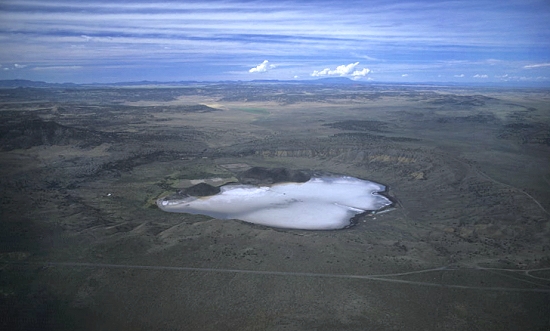Cultural Fascination and Shifting Projection of Values
Commentary and Review by Sandra Cosentino
Commentary and Review by Sandra Cosentino
Hollywood has made over 4000 films about Native people in the past 100 years which have come to define how Indians are seen by the world.
Oh, how our culture has created an ever-changing series of stereotyped, one-dimensional images. Reel Injun (2009 Canadian documentary) is an insightful look at the Hollywood Indian, exploring the portrayal of North American Natives through the history of cinema.
The film points out that Native people growing up with these movies in the past 100+ years often self-identified with the stereotypes. You see bewilderment on modern young Native school kids’ faces when they watch cowboy and Indian movies for the first time. You see them trying to understand what they are seeing which is so different from their own life experience.
Laguna Indian dancers were the subject of the first moving picture display by Edison in the late 1800's. During the silent film era Indians were shown as noble and free as filmmakers tried to capture a vanishing race.
During the 1930’s advent of talking films, the American western with the image of the brutal savage emerged. John Ford's 1939 "Stagecoach" is the epitomy of this genre. For a walk into history, see the original black and white trailer here. John Wayne, often with violent behavior, was the unstoppable true American. The Indians always lose. Reel Injun writers see this as a damaging image of “vicious, backward people” that prevailed for decades.
Hollywood’s famous white stars portrayed Indian lead characters. All Indians looked like Plains Indians with the war bonnets, wore headbands and were great riders. Cree filmmaker Neil Diamond, the narrator and one of the writers of Reel Injun, shares some self-deprecating humor as he rides a horse for the first time, wanting to feel like he was a real Indian.
Hollywood’s famous white stars portrayed Indian lead characters. All Indians looked like Plains Indians with the war bonnets, wore headbands and were great riders. Cree filmmaker Neil Diamond, the narrator and one of the writers of Reel Injun, shares some self-deprecating humor as he rides a horse for the first time, wanting to feel like he was a real Indian.
“When you’re kids and you’re trying to play Cowboys and Indians, and if you’re an Indian kid – well, doesn’t that mean you’re going to lose all the time?”
Jesse Wente, president of Native Earth Performing Arts, Canada’s oldest Aboriginal theatre company.
The Indian princess image portrayed in many films such as
Disney’s Pocohantas is seen by Reel Injun as a caricature, the “embodiment of American desire.”
American Indian Movement activist John Trudell points out: “Indians call themselves human beings.” The “predatory mentality” of movies erases that memory.
Trudell (Santee Sioux) was a spokesperson for the Indian occupation of Alcatraz Island from 1969-1971. He then worked with the American Indian Movement (AIM), was Chairman from 1973 to 1979. Trudell has released 12 albums featuring a unique mix of poetry, Native music, blues and rock and acted in feature films including Thunderheart (trailer).
The 1970’s was a turning point: Native people became filmmakers. And Hollywood made films like Little Big Man and Josie Wales where Indians were multi-dimension characters with humor, authenticity. In 1973 Marlon Brando had a Native American woman take his place at the Oscars to refuse his award based on injustice to Indian people by the film industry and the Federal government siege at Wounded Knee.
Only since the 1980's have Native filmmakers emerged with a whole new genre from their own viewpoint.
By the 1990’s in Dances With Wolves, native characters became fleshed out, not just shown as warriors but as sensitive people. But, Reel Injun points out, this was still shown from the white person viewpoint.
The 2001 Arctic film, The Fast Runner by Inuit Director Zacharias Kunut was truly an “inside job” that revolutionized the Native image (see trailer).
Now aboriginal filmmakers are springing up all over the world who are “not asking to be good and noble, but
vital humans with something to say.”
Now aboriginal filmmakers are springing up all over the world who are “not asking to be good and noble, but
vital humans with something to say.”
The projection of Western culture idealized values of Native peoples still goes on today. Does this speak to a longing in us for freedom, spirituality, nobility, community and to be at one with nature that are idealized in another culture? How do we embody these ideals within our own daily world?
“We’ll never be able to change the fantasy of who and what Indians are. That fantasy will always be there, we will always be on the cover of novels
saying ‘Cheyenne Warrior’!"
Actor Adam Beach, of Saulteaux First Nations, Manitoba
I highly recommend watching Reel Injun.
You can see a trailer here.






















